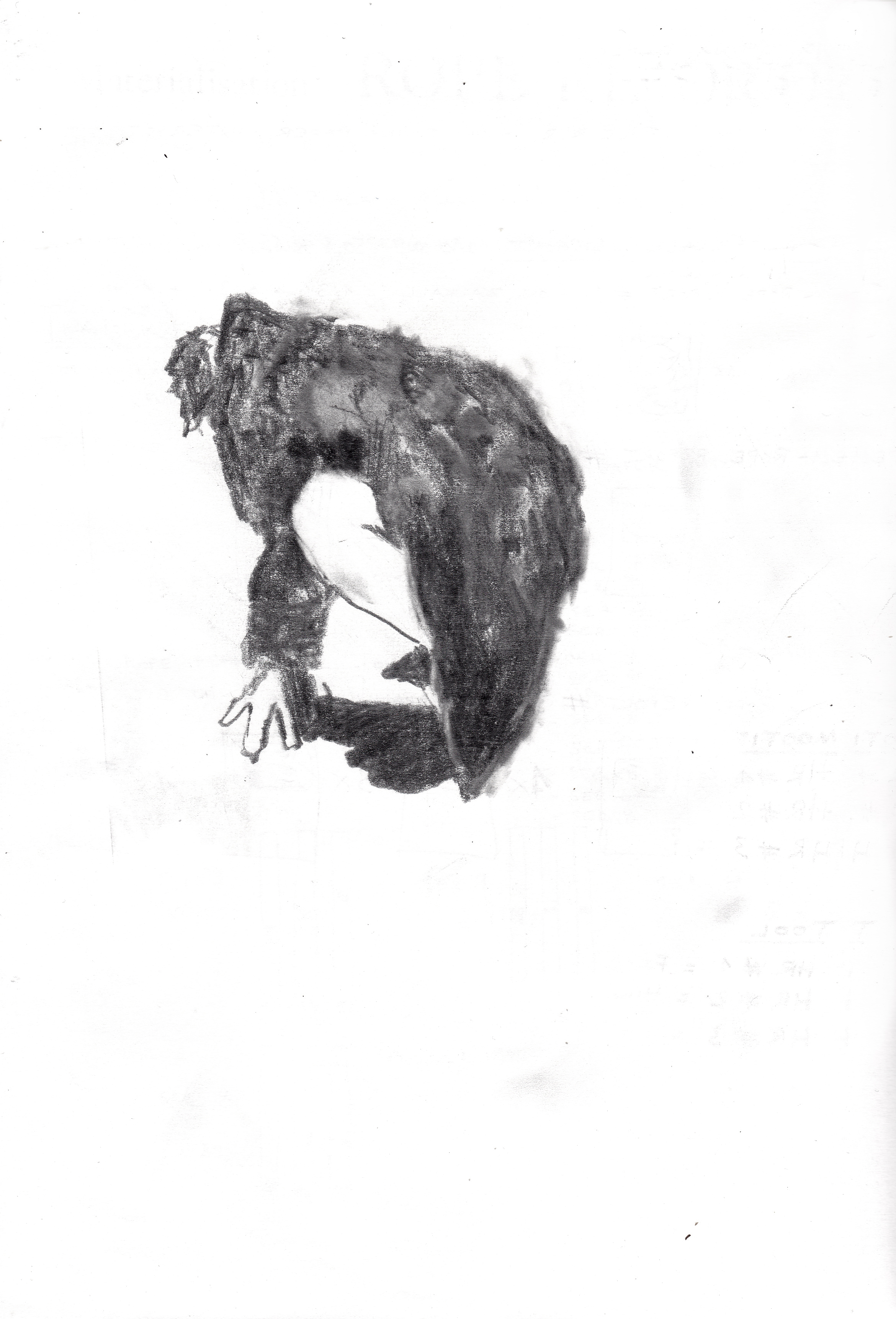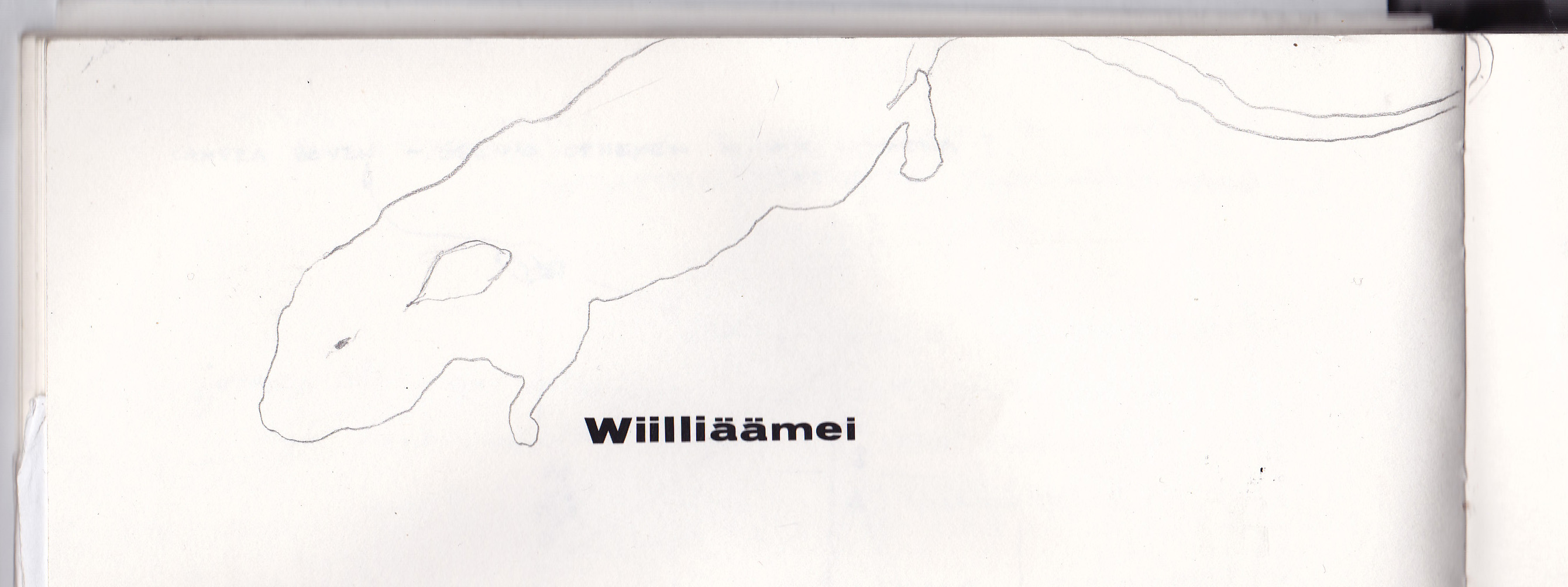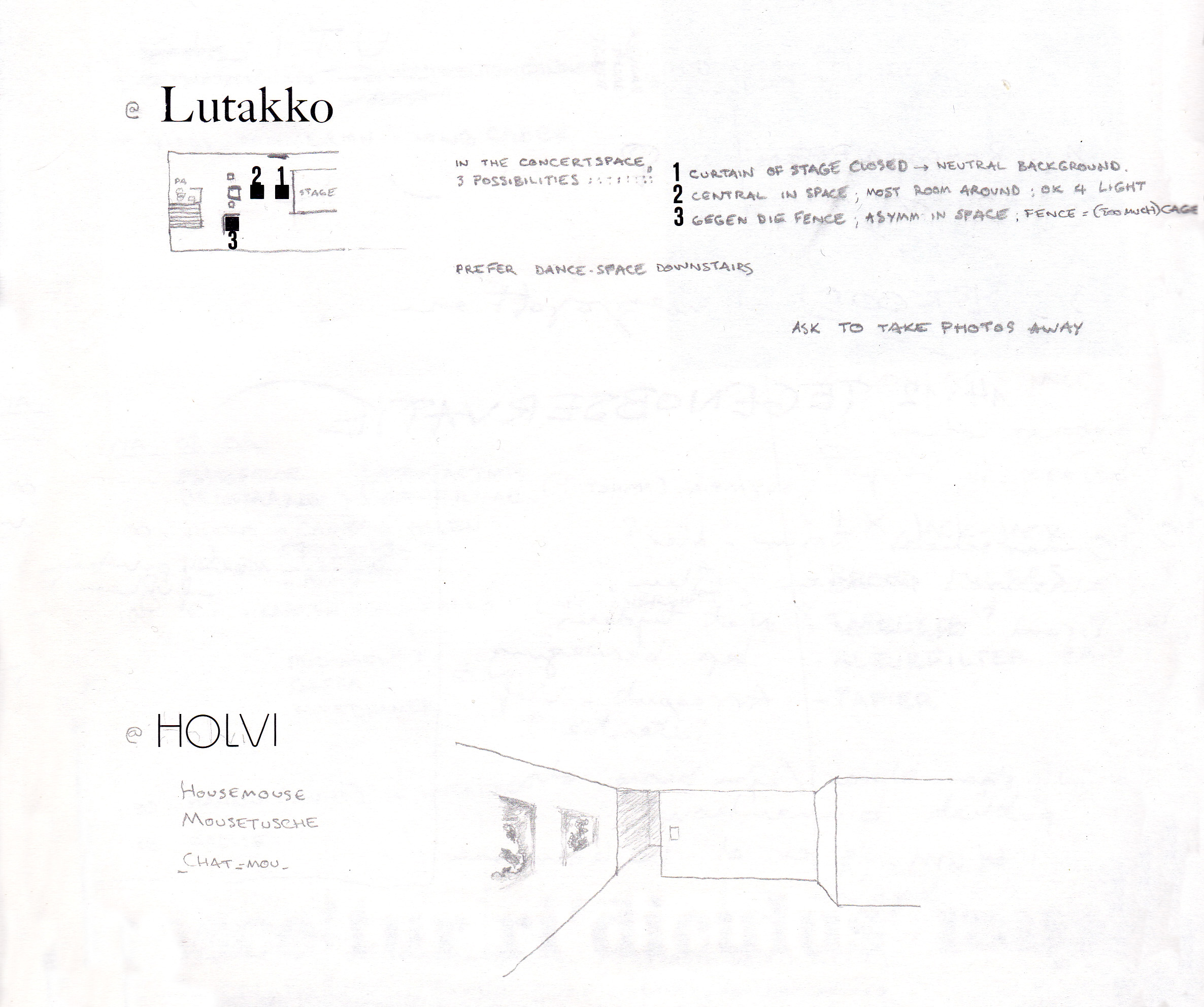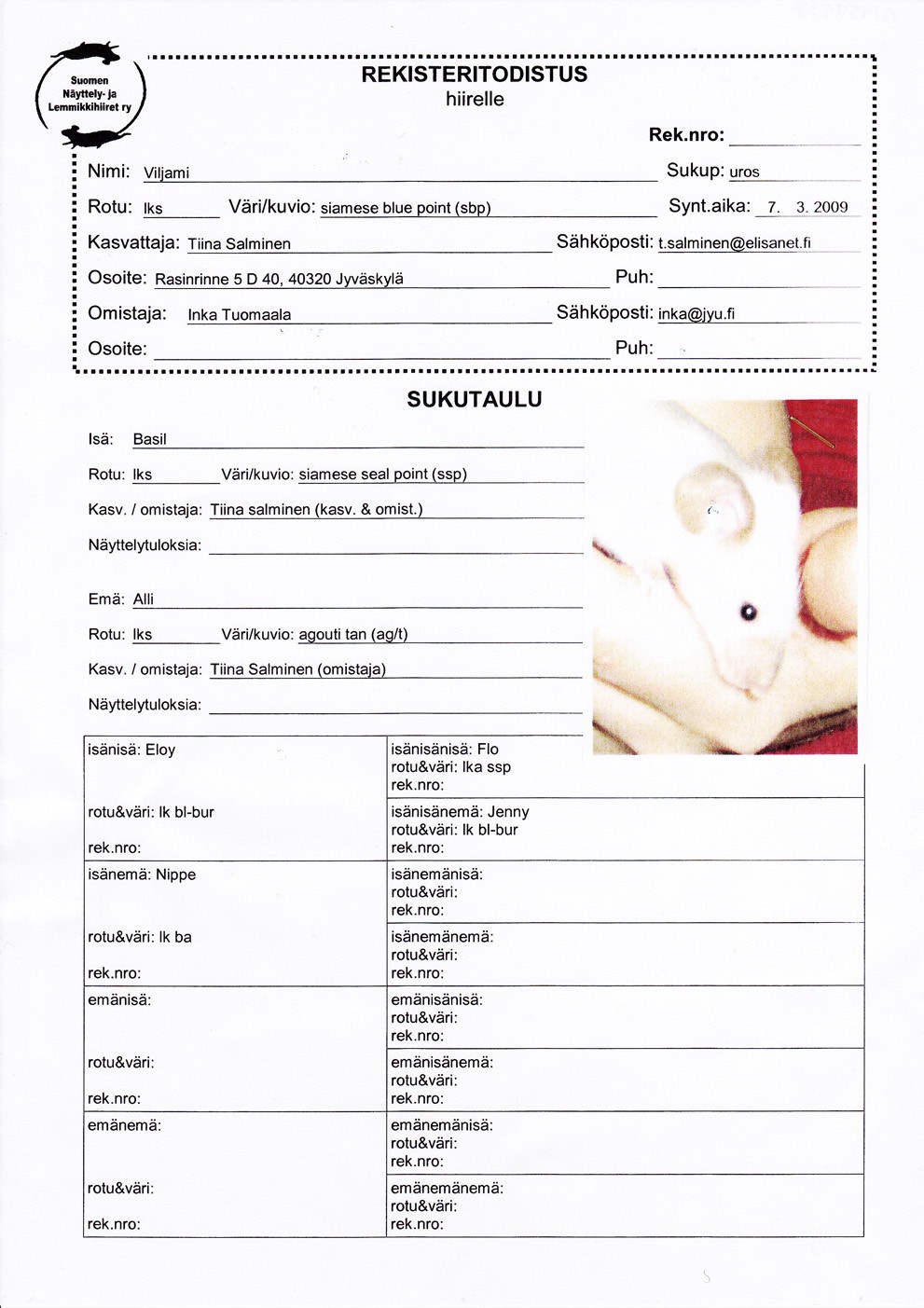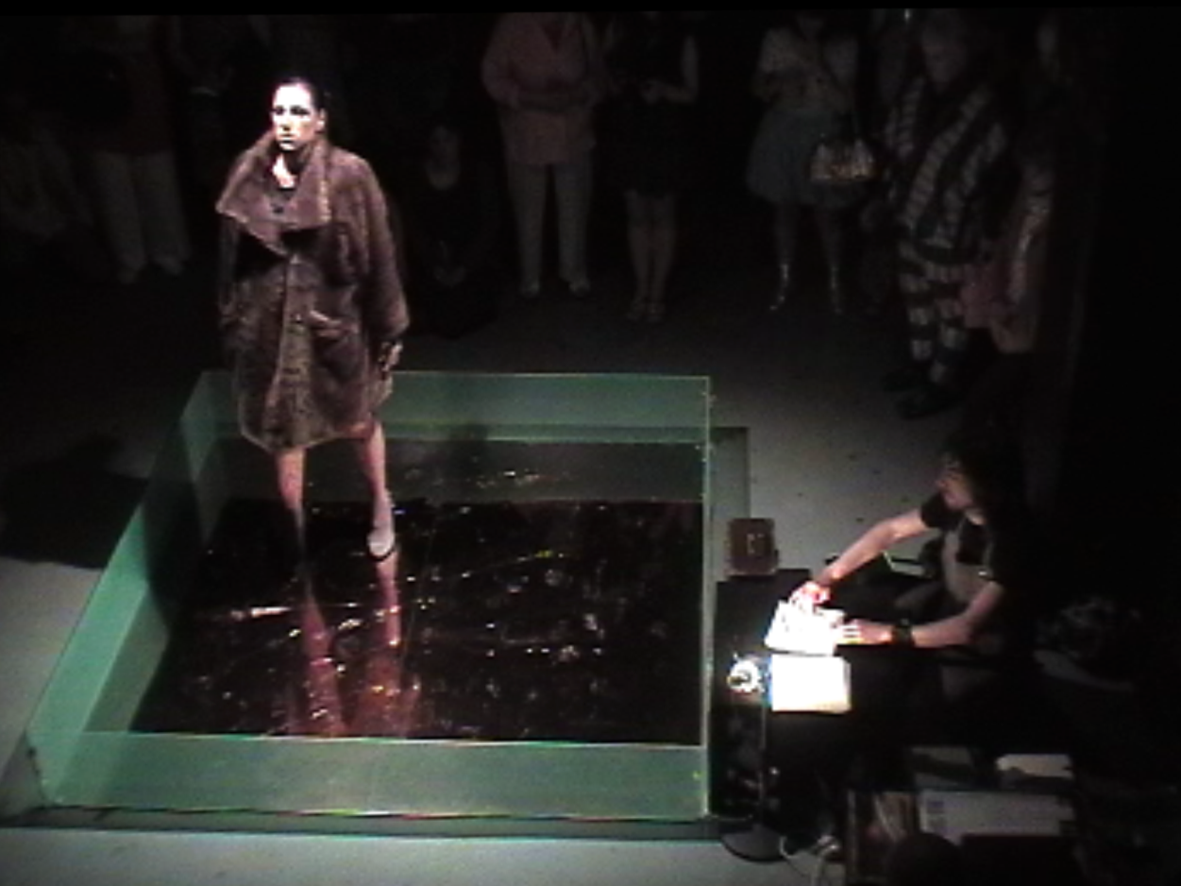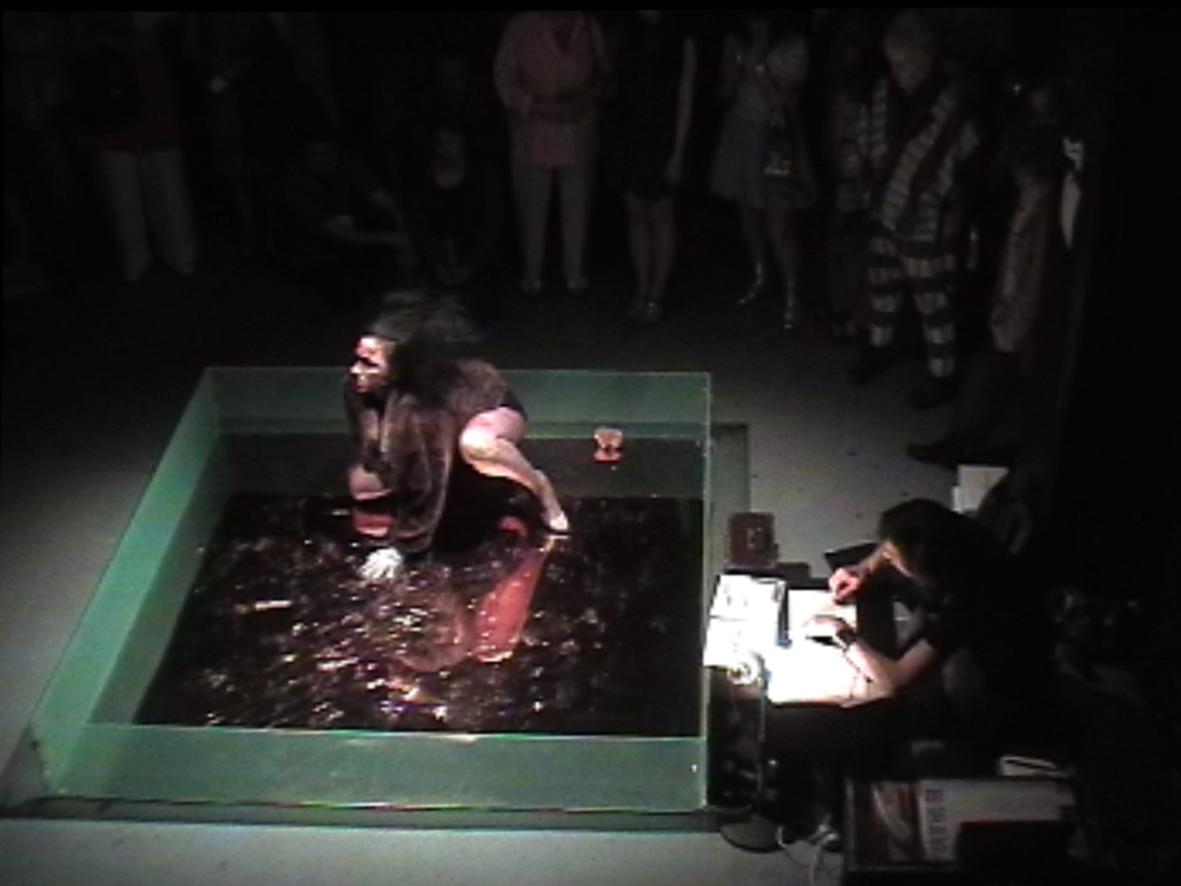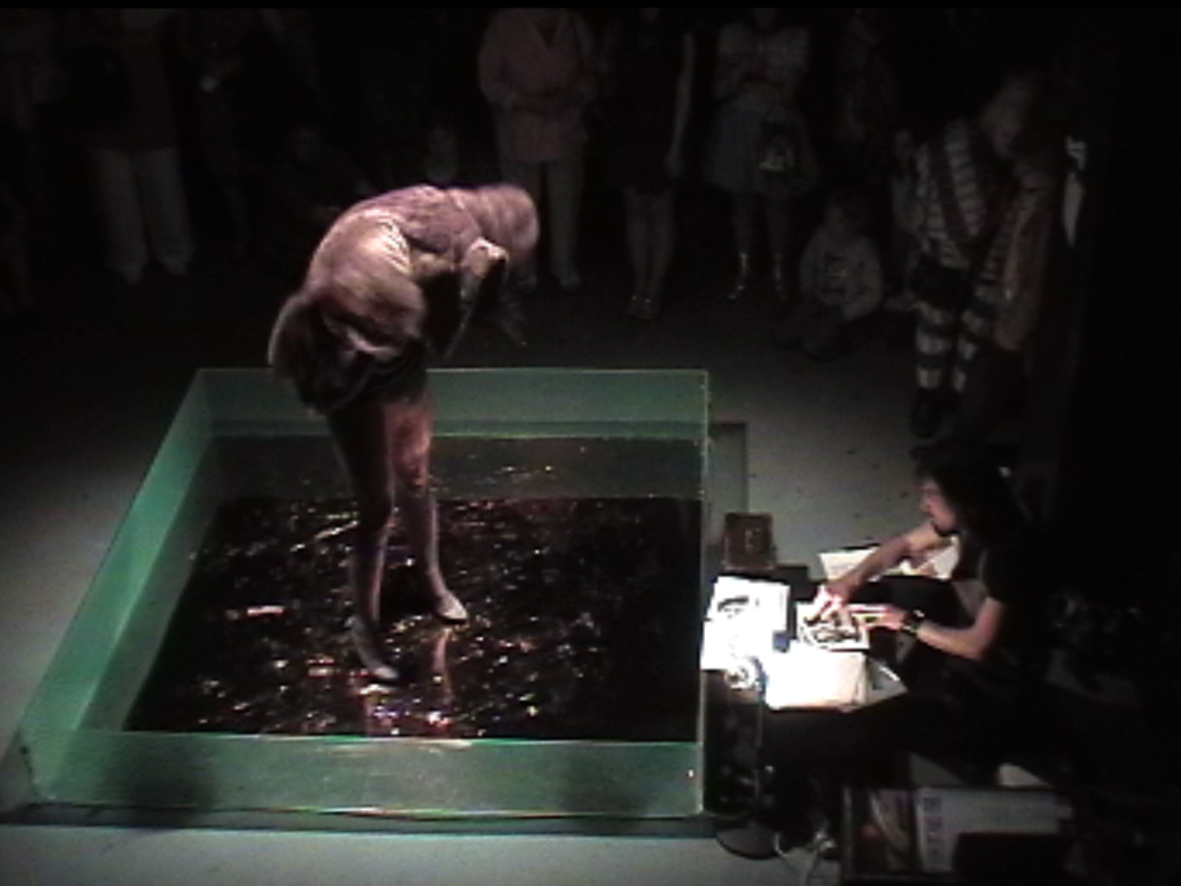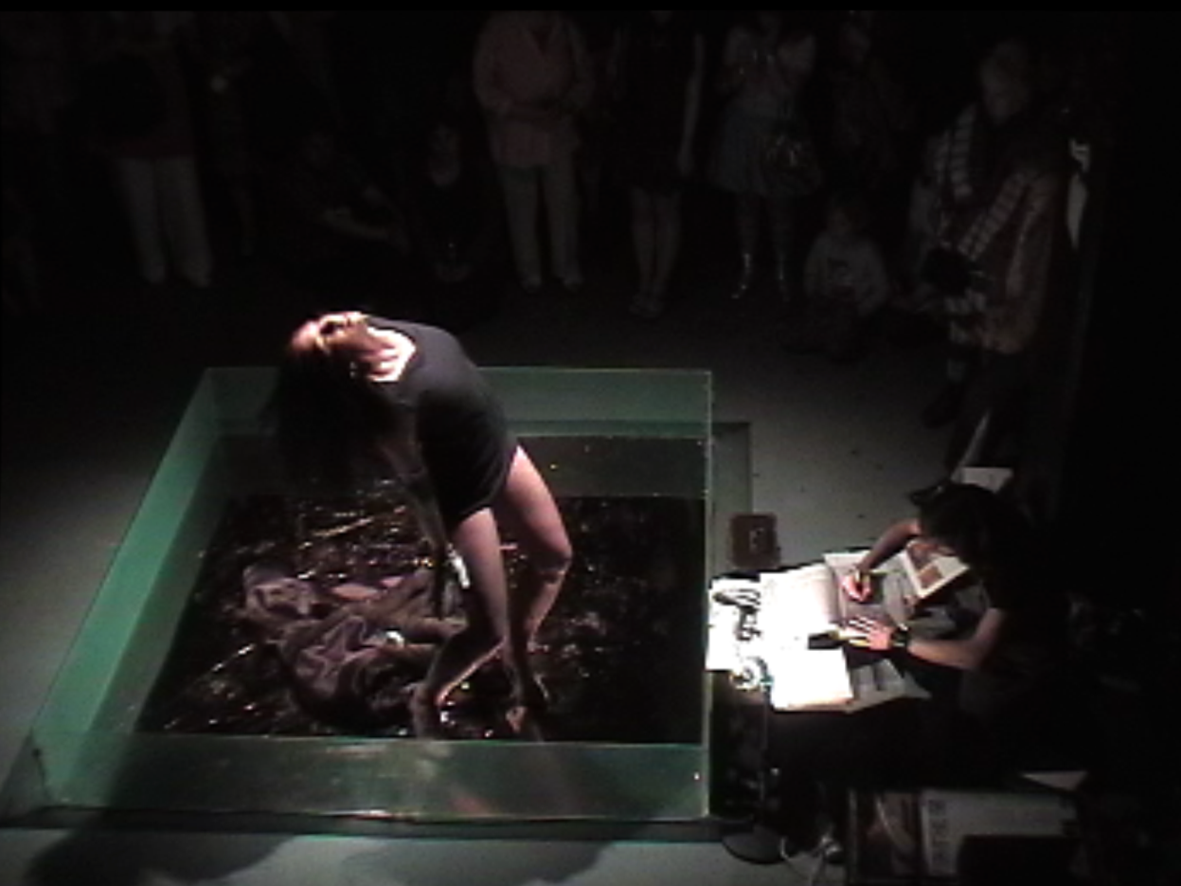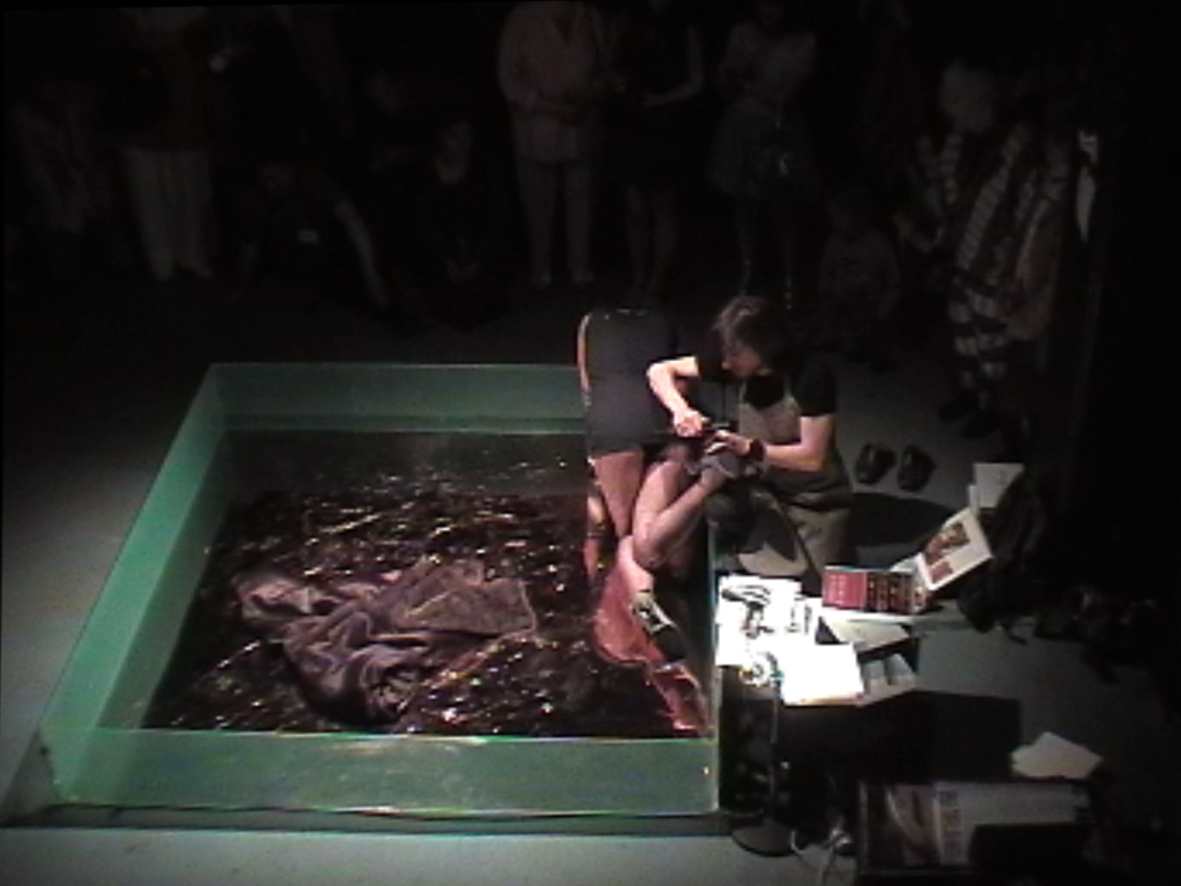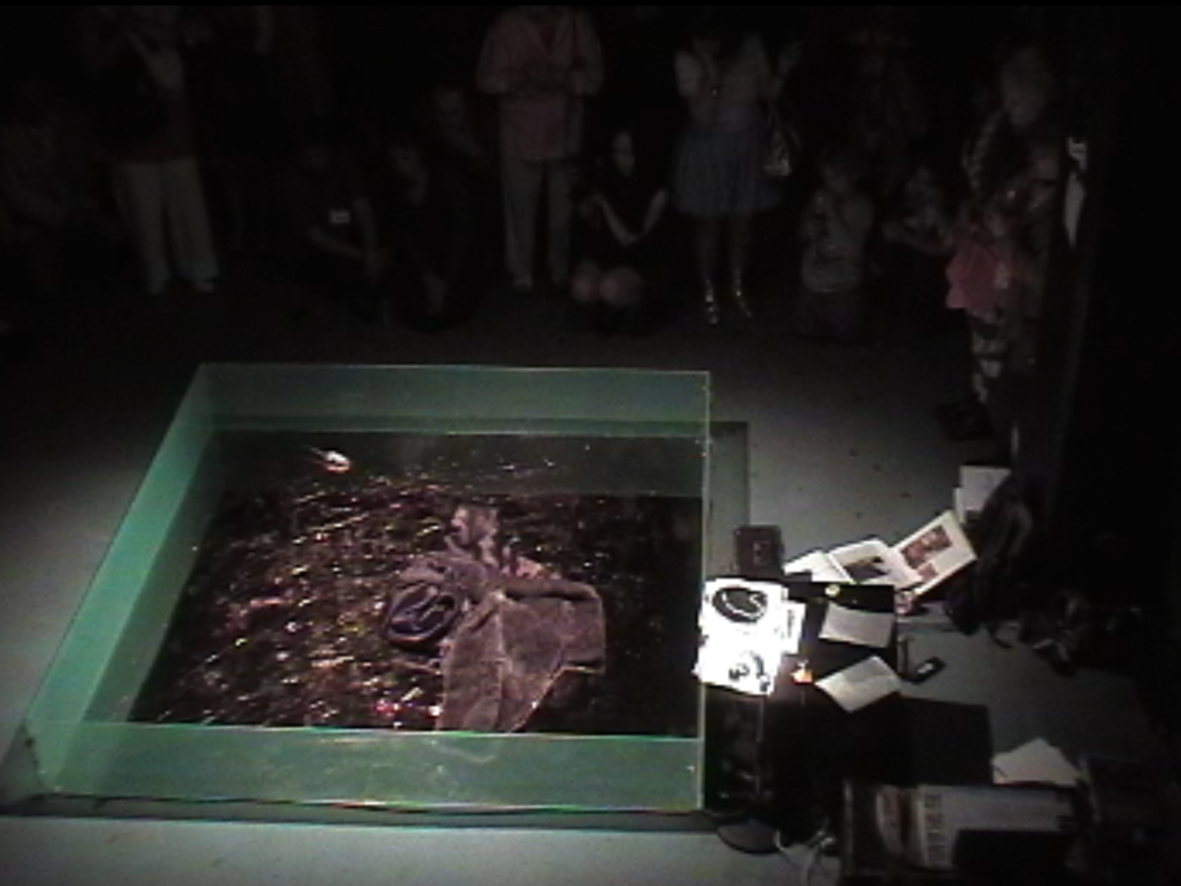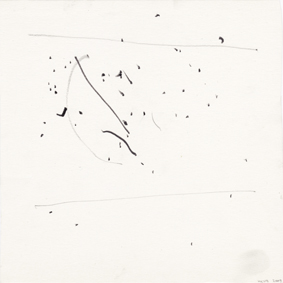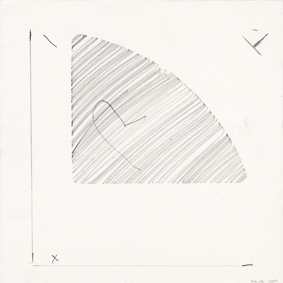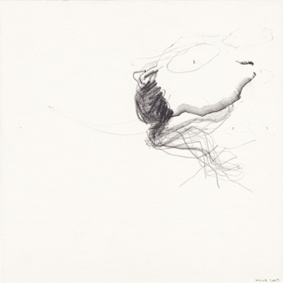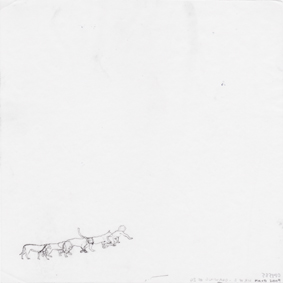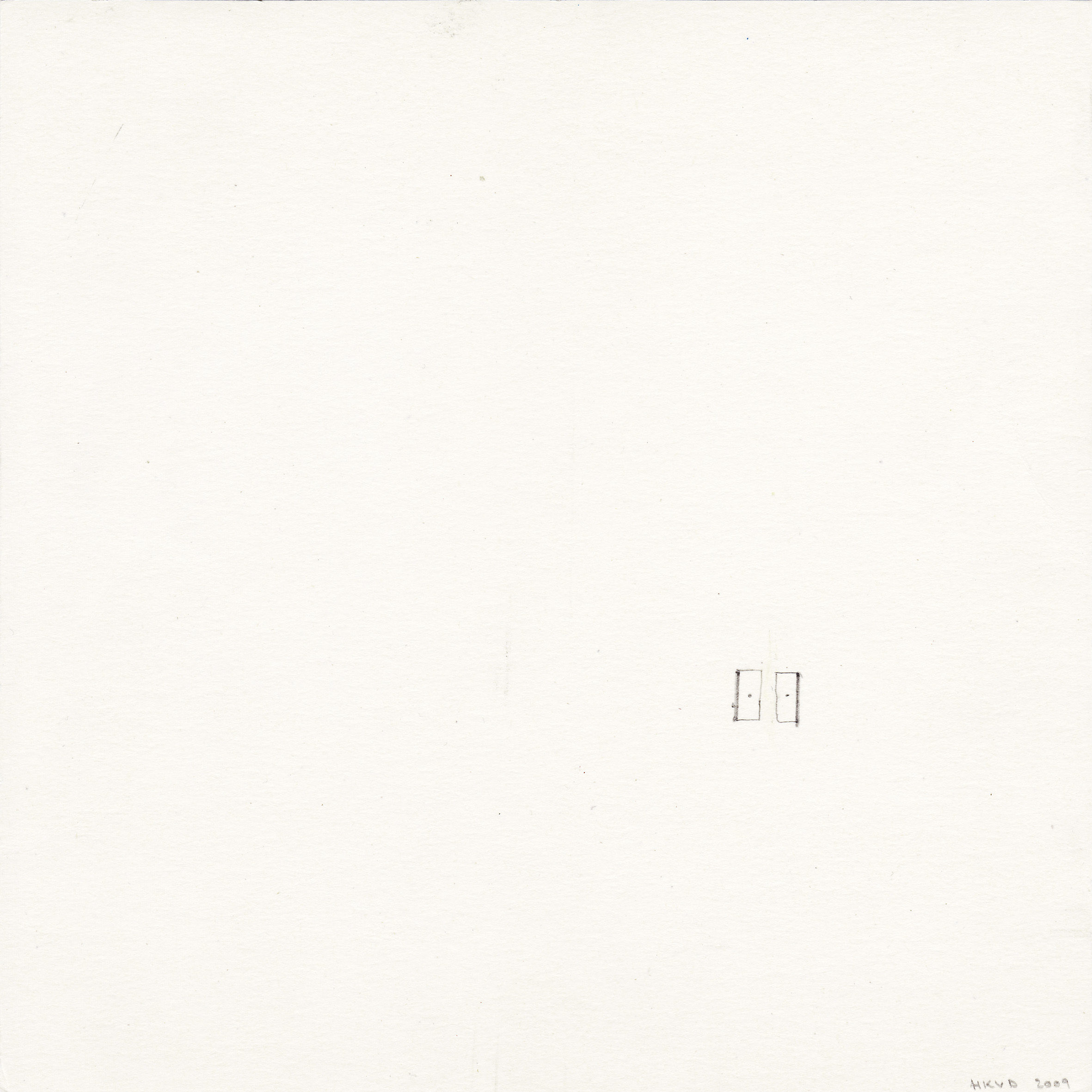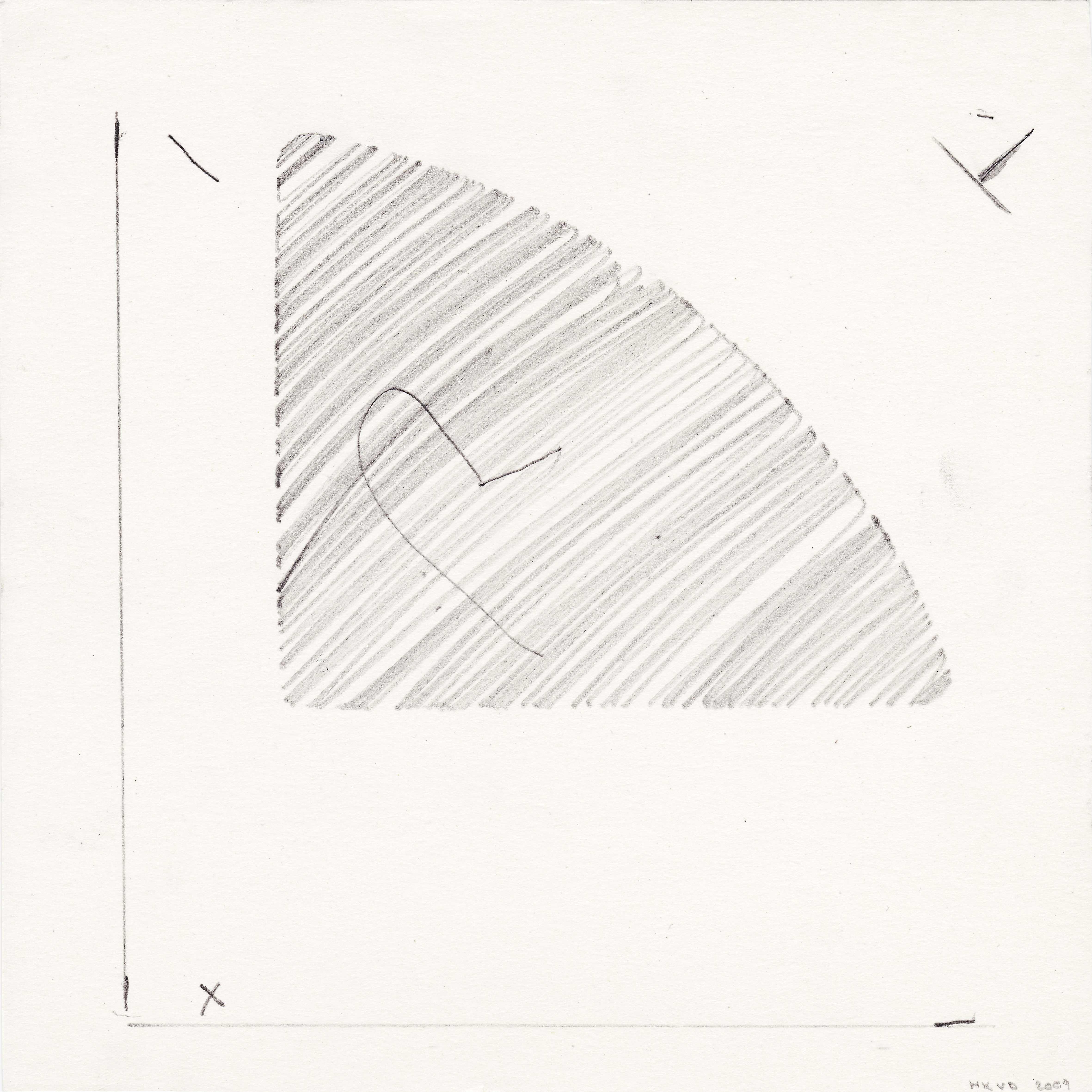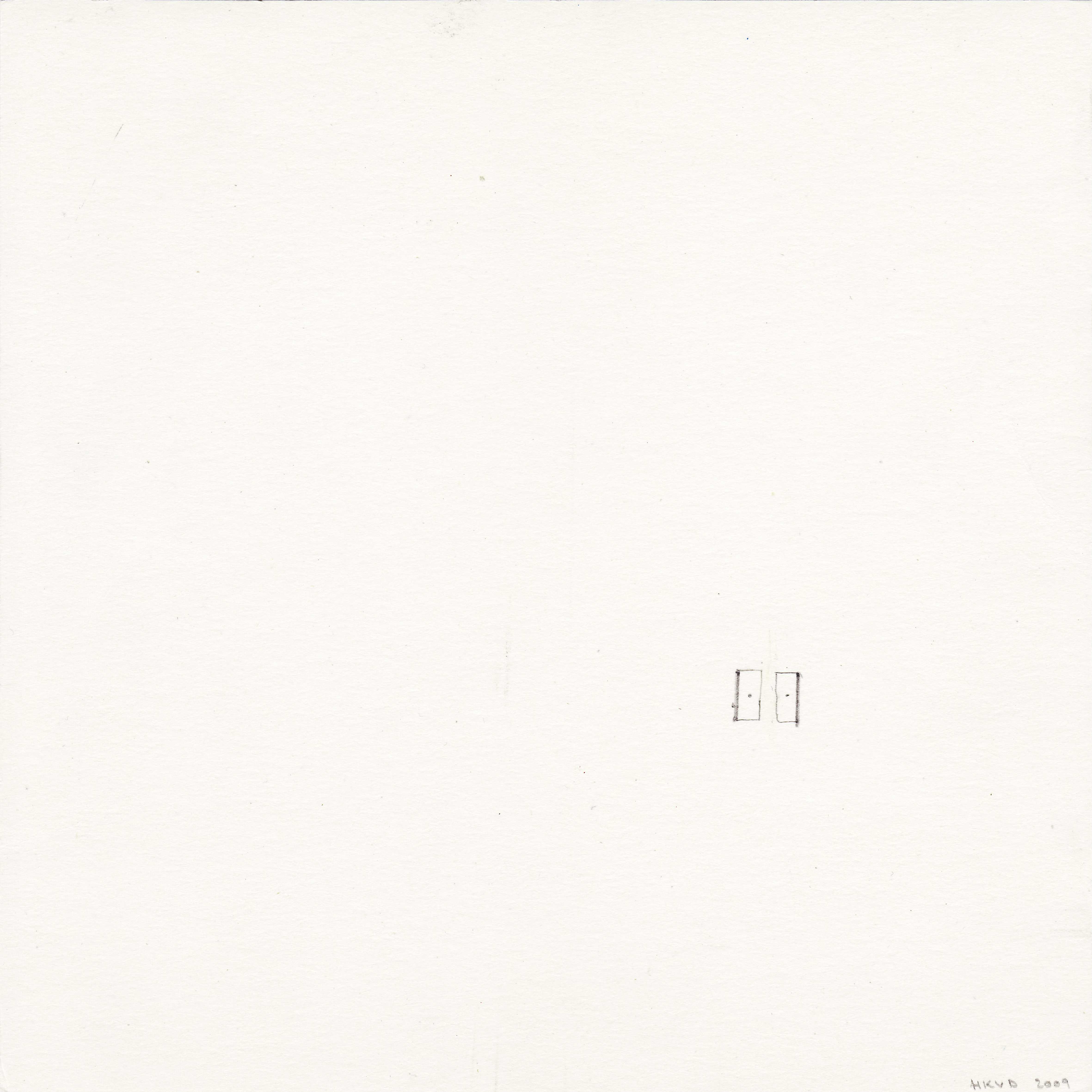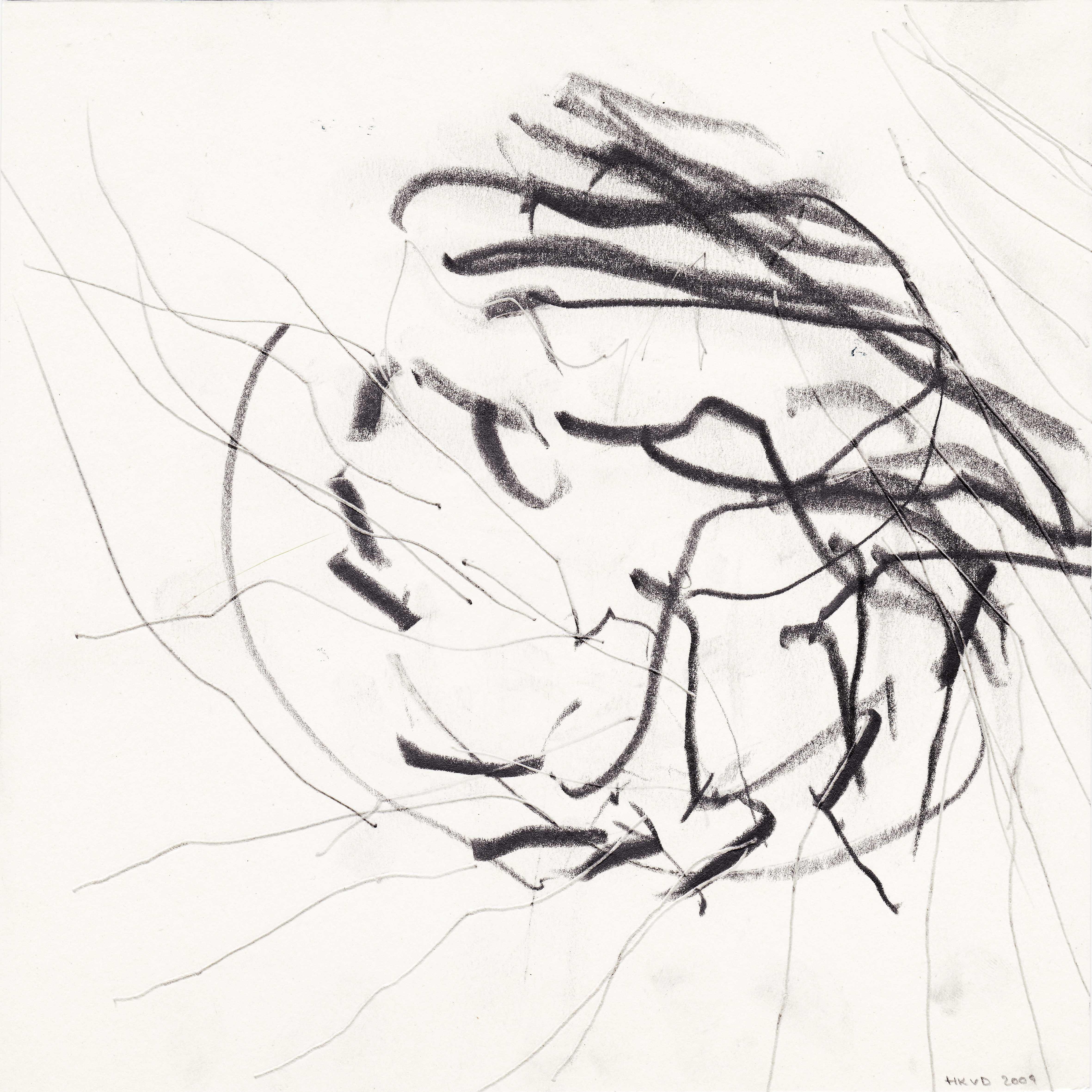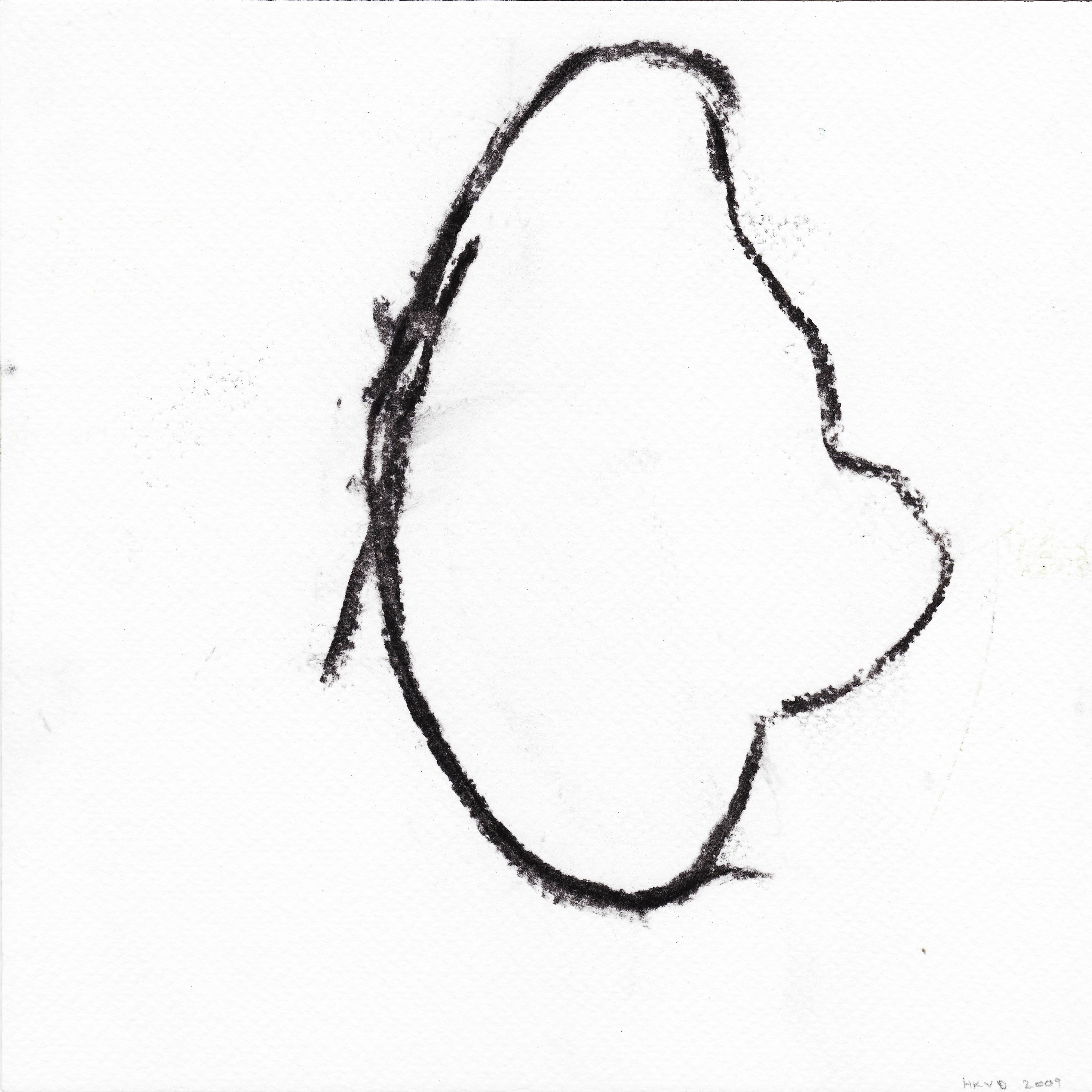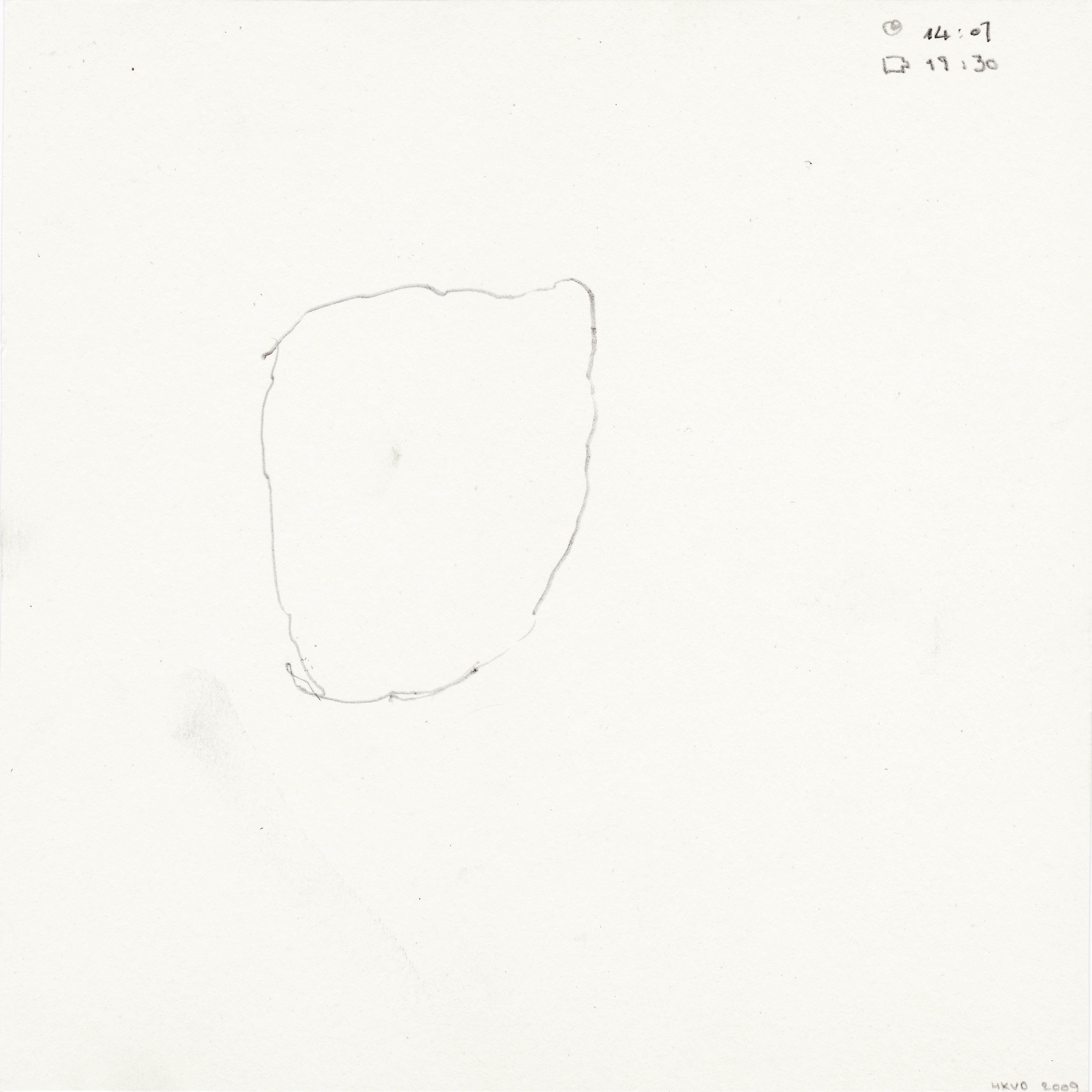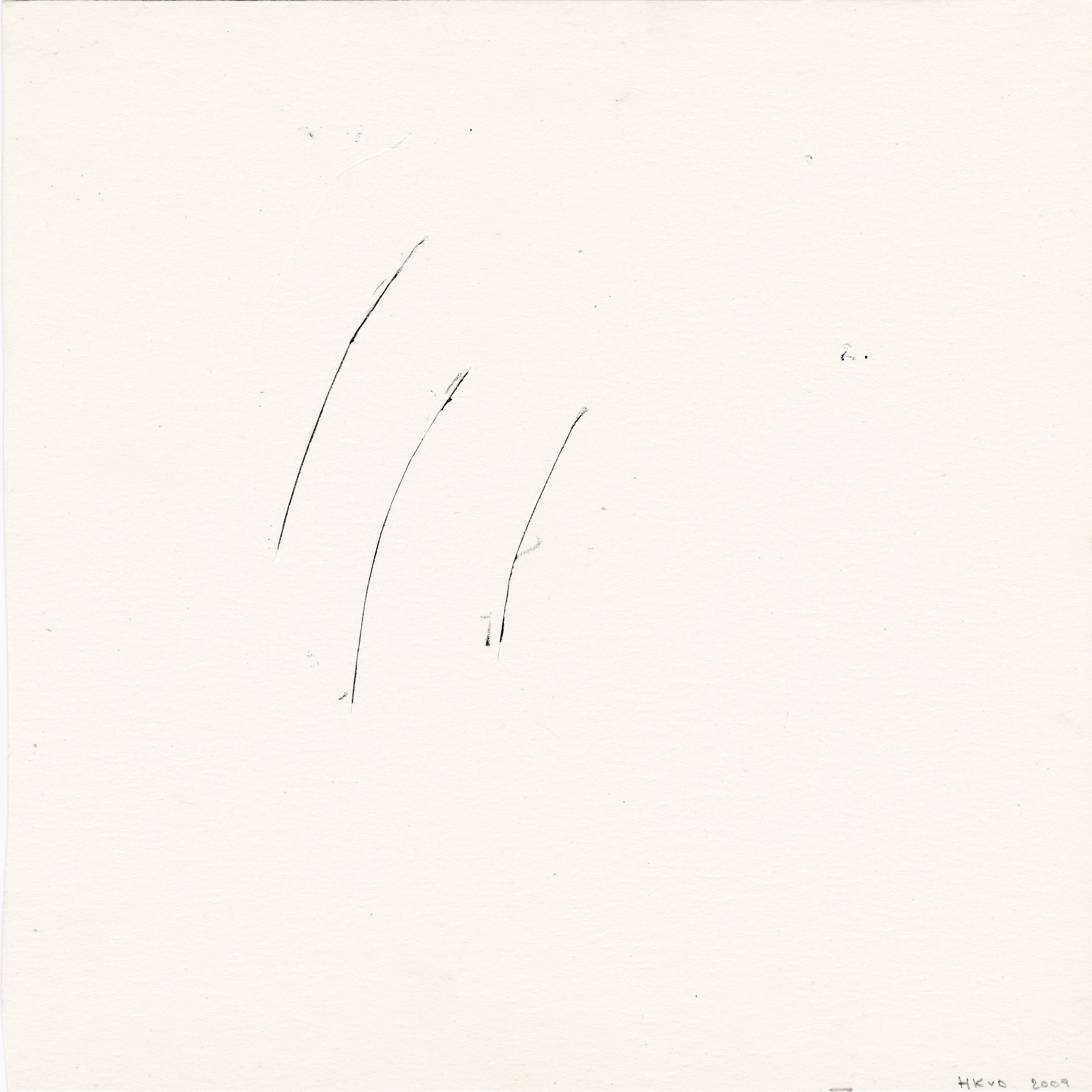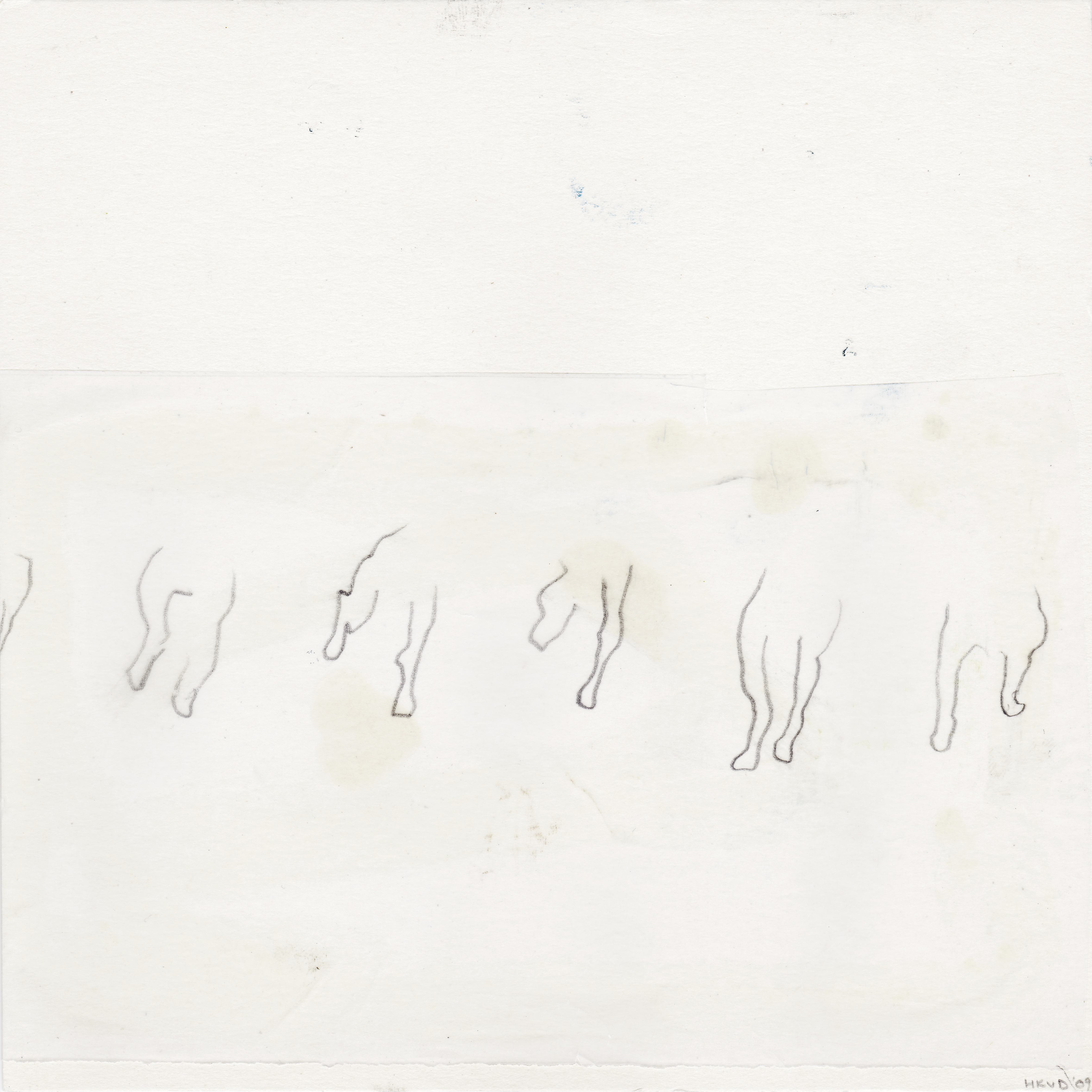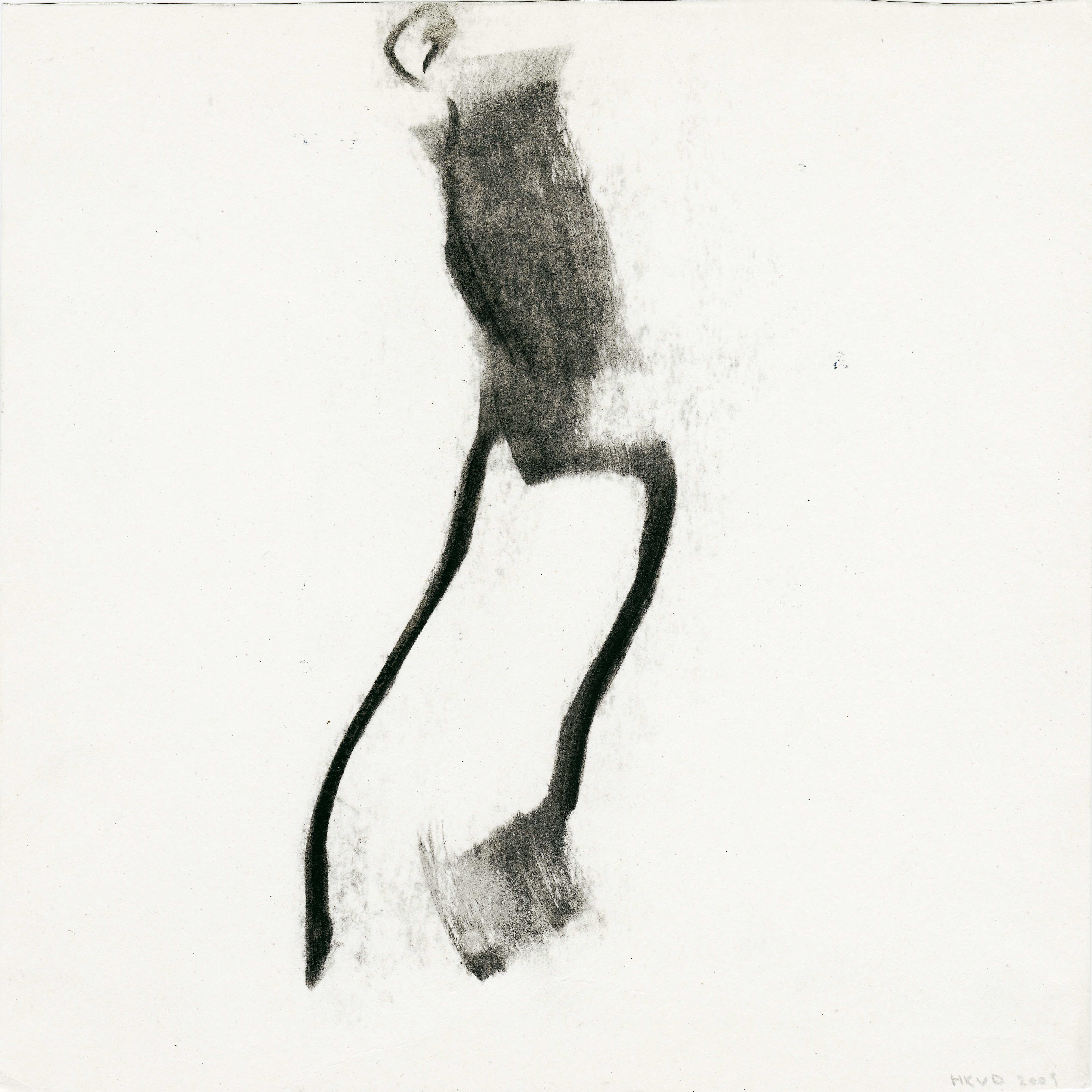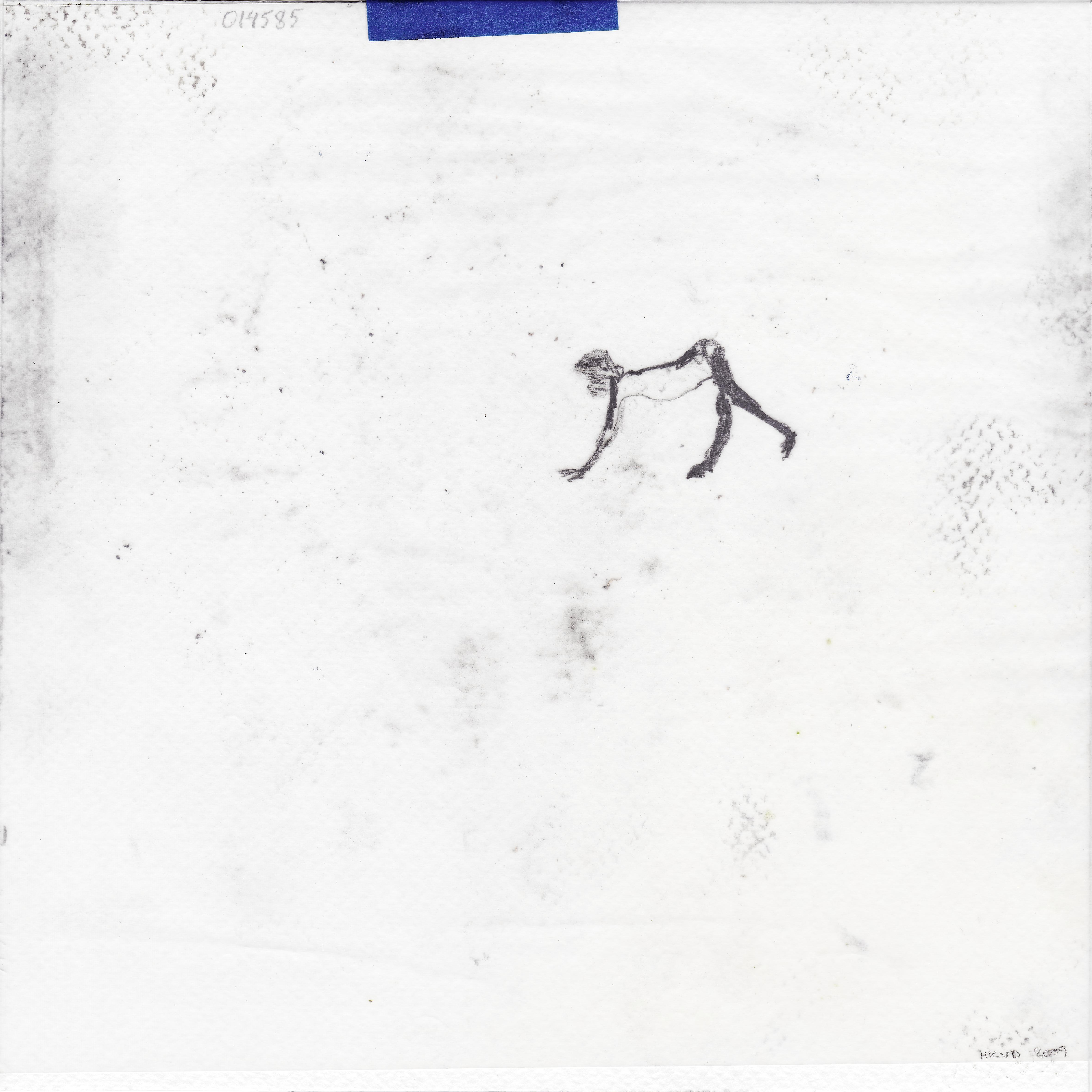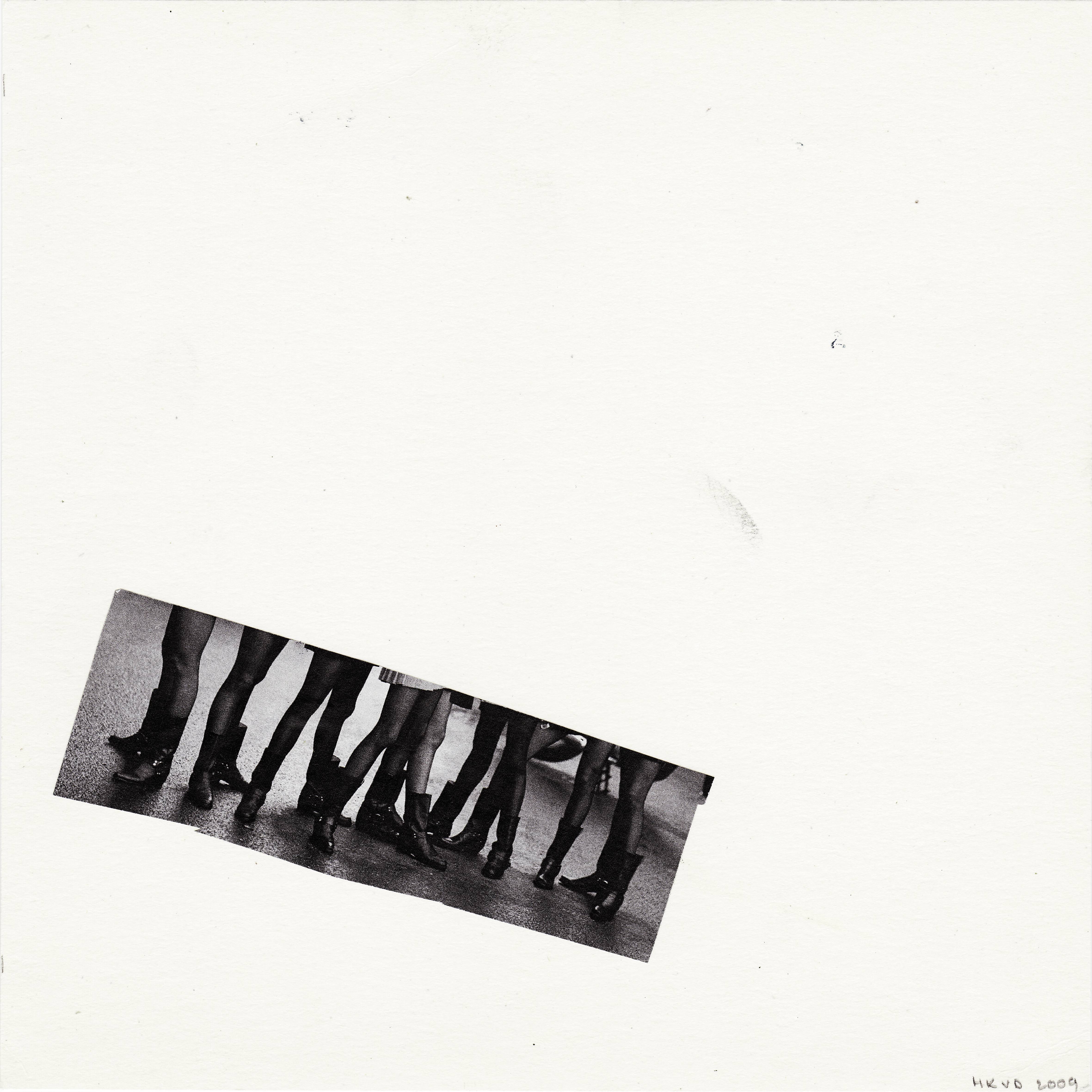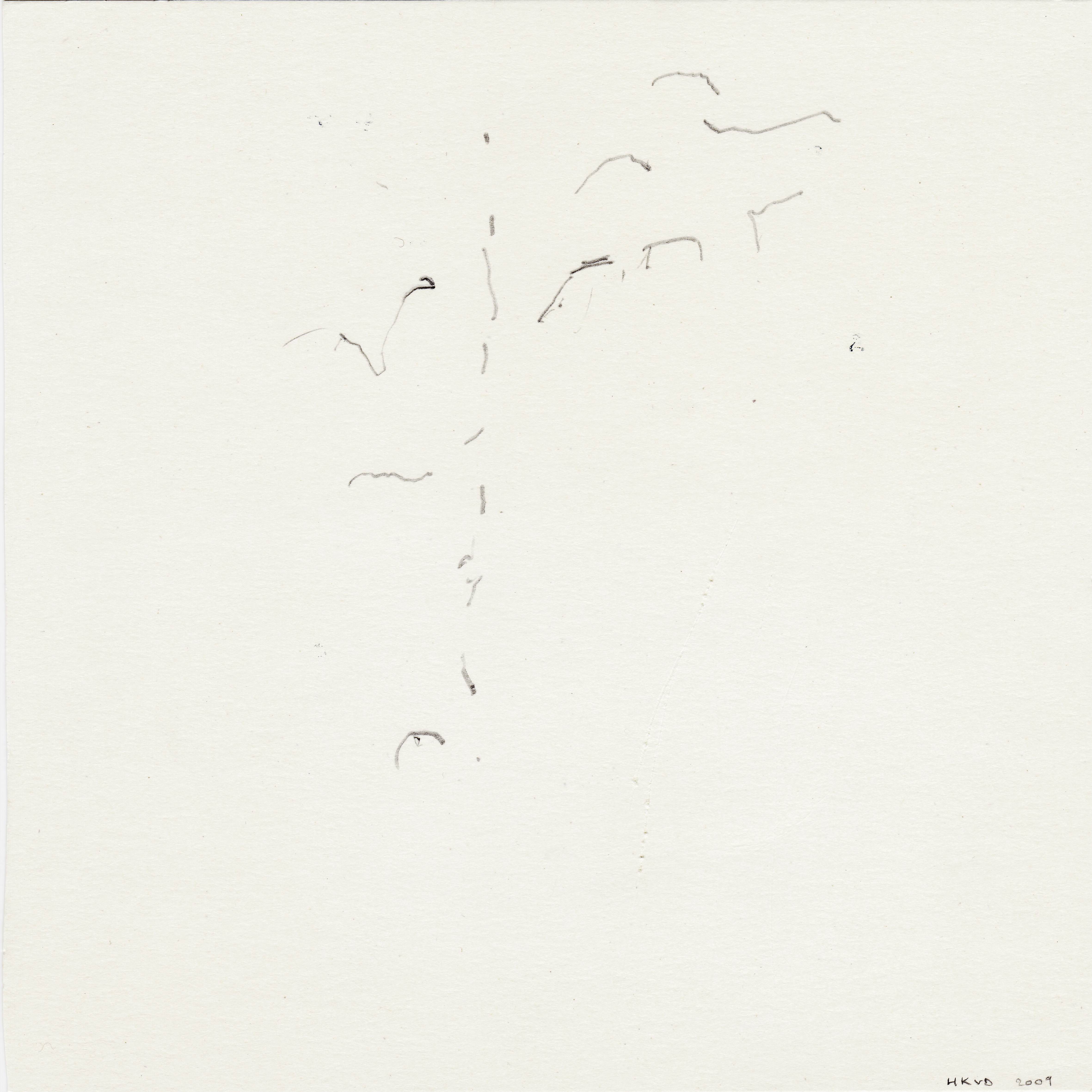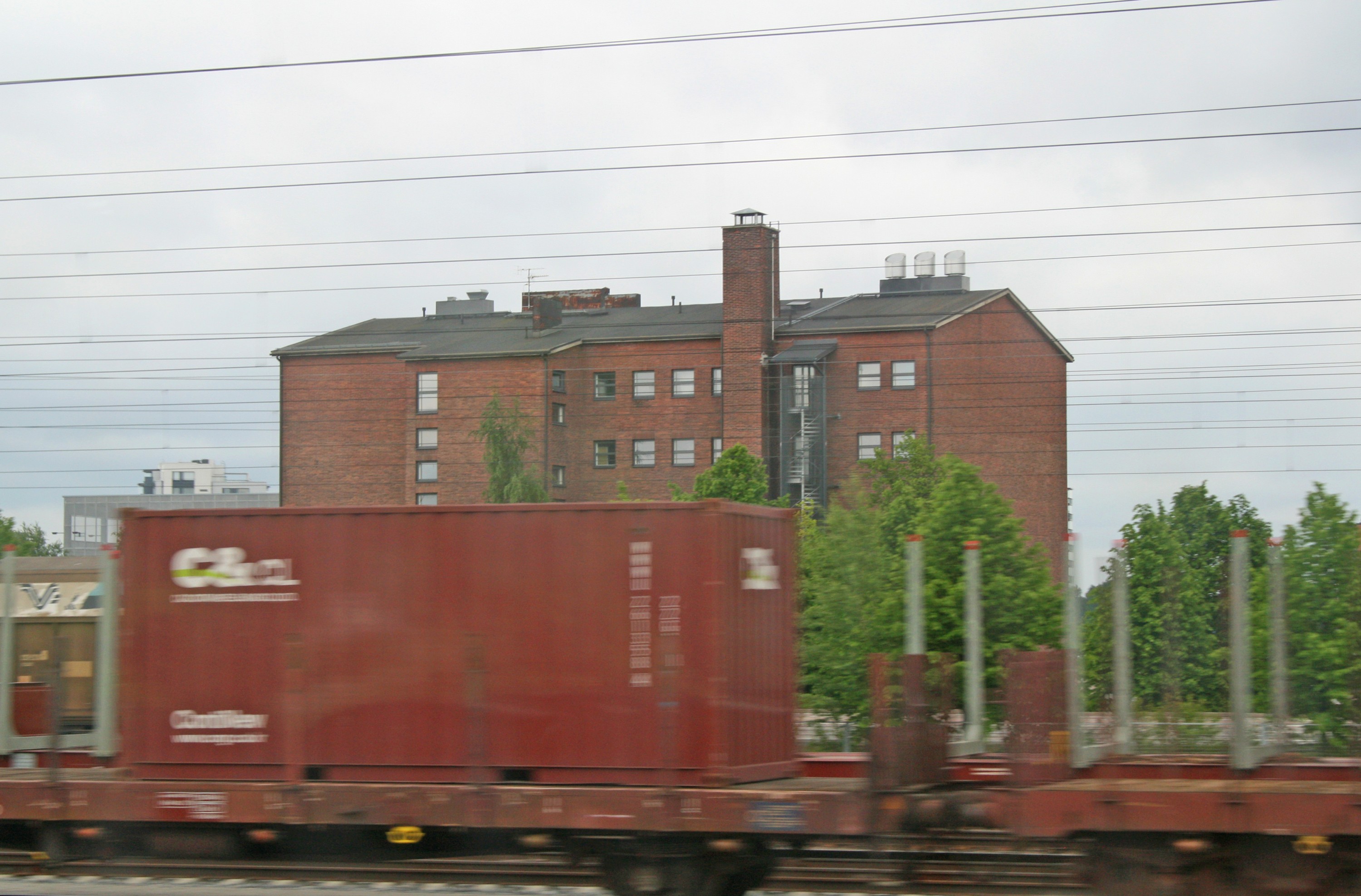
HUMAMMAL RECORDING #2
The Humammal figure in 'HUMAMMAL RECORDING #2' is confronted in a tensionfull situation with another figure who acts as a researcher/influencer.
Time and space play a key role in the work of Hans Karelszoon Van Dijck and Eveline Van Bauwel. The performers strip both time and space of every abstraction in order to allow both concepts to play an active role in the making of their work. They do not manipulate time and space, they create the conditions to have time and space weaved throughout their work.
As far as the practical nature of the performance is concerned, two copper plates of 2m² are attached to the ground and surrounded by a thin plexi wall of about 10 inches high. Other objects include pencil and charcoal, shoes and gloves of the dancer (equipped with steel spikes) and her fur coat. As such, a limited piece of space emerges, squarely shaped, combined with a specific moment in time defined by start and ending of the performance. Next to the space we find a small square table, for the use of drawing by Hans K. Van Dijck. Each stroke of his pen, each dancing movement, every act by (someone of) the audience is literally unique, i.e. entirely dependent on the time and space of the act.
The performance is a very ‘physical’ one. She dances and he draws but aside from that, every act by both players is recorded in detail. By using several microphones around the space for example, every sound is clearly discernable: the sound of steel on copper, the bits and pieces of dialogue between the players, even the physical act of drawing can be heard by the audience. As a bystander, the absence of any form of structured sound (music) is not missed, instead it seems a necessary prerequisite to grasp the intriguing tension between both players. The attention is automatically drawn to the dancing woman, the personification of the ‘Humammal’ (cf.infra). The interaction between Van Bauwel and Van Dijck by means of dancing, drawing or observation is captured as intense and somewhat enigmatic.
At a certain point, Van Dijck throws a piece of bread into the space. It’s a random act which provokes a random reaction by the dancer. In this case, she kicks the piece of bread. It’s a gesture which emphasizes the animalistic character of the show, hence ‘Humammal’. The Humammal is a human being with overtly cat-like anatomic features. The woman dances in a basic, primitive, nearly animalistic way, for that matter. In his previous work, Hans Karelszoon Van Dijck already showed his interest in the ‘animal condition’. In this work, the point of departure is formed by the behavior of animals, their motives or intentions which is evenly applicable to the ‘human condition’.
Towards the end of the performance, an actual animal acts as an active player, when Hans K. Van Dijck releases a white mouse in the space. The animal immediately explores the surroundings and runs around aimlessly. Shortly thereafter, both players disappear, leaving the mouse alone in the limited space.
I witnessed an interesting performance, undoubtedly preceded by a lot of preparation, reflection and research. In this sense, the mouse was given birth by a mountain. For the spectator, who is left behind with the remains of the show, e.g. the dancers’ fur coat, the drawing table and the drawings, the performance has come to a halt. But for Hans Karelszoon Van Dijck, whose background is to be found in the graphic arts, the remaining traces equal the raw material for a number of etches. These etches, accompanied by the drawings he made, the dancers’ fur coat and a DVD recording of the entire happening, form the basis of an installation which could be visited at the Graphica Creativa Triënnale 2009.
(AVD Bloempot, 31 05 2010)
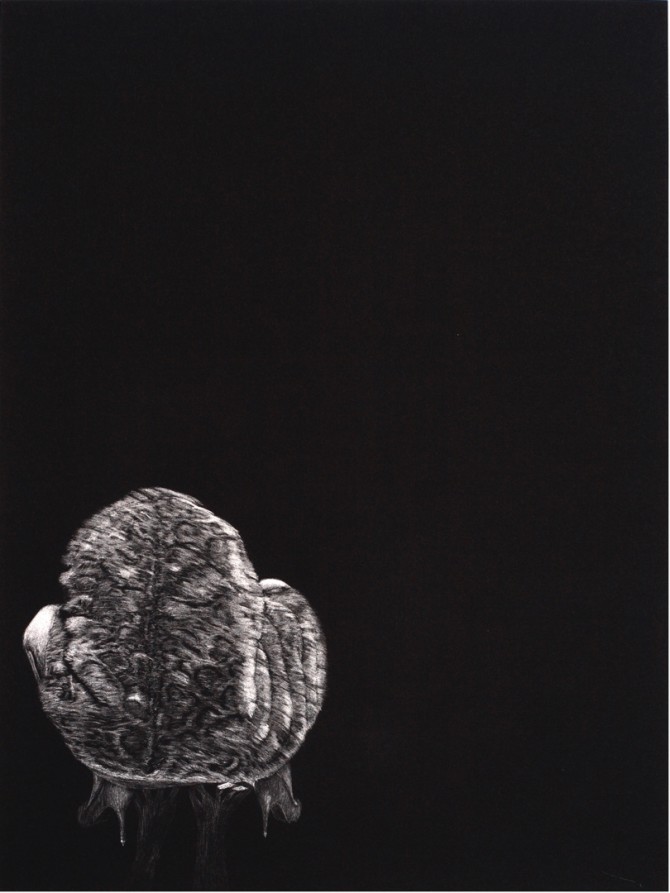
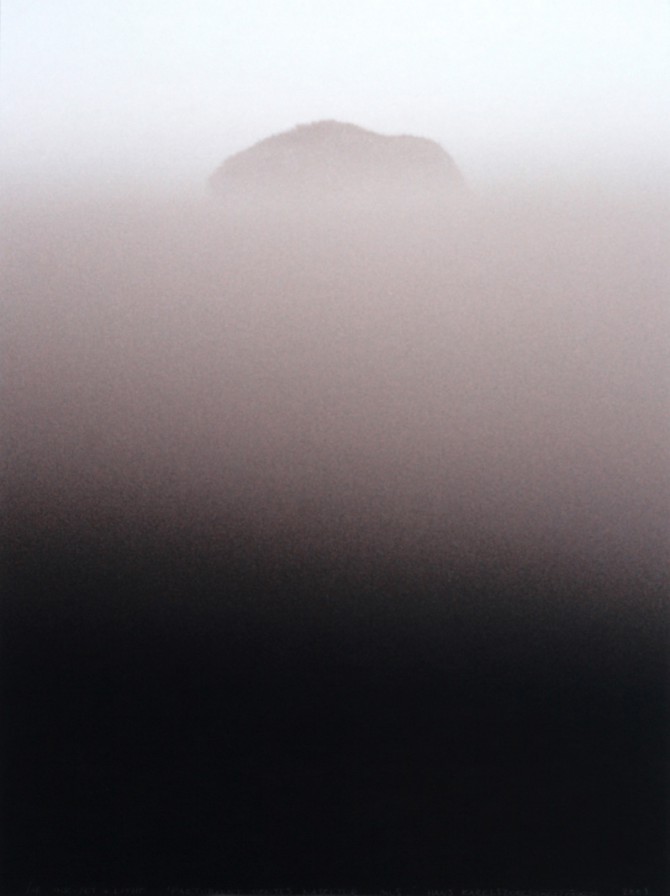
An editioned commissioned print. Edition 16. Size 23 X 33cm.
Doublesided print on Hahnemuhle Art Rag paper. Recto is an archival Ink-jet print from a photo taken with an analogue 35mm camera. Verso is a Lithograph 'à la manière noire'


